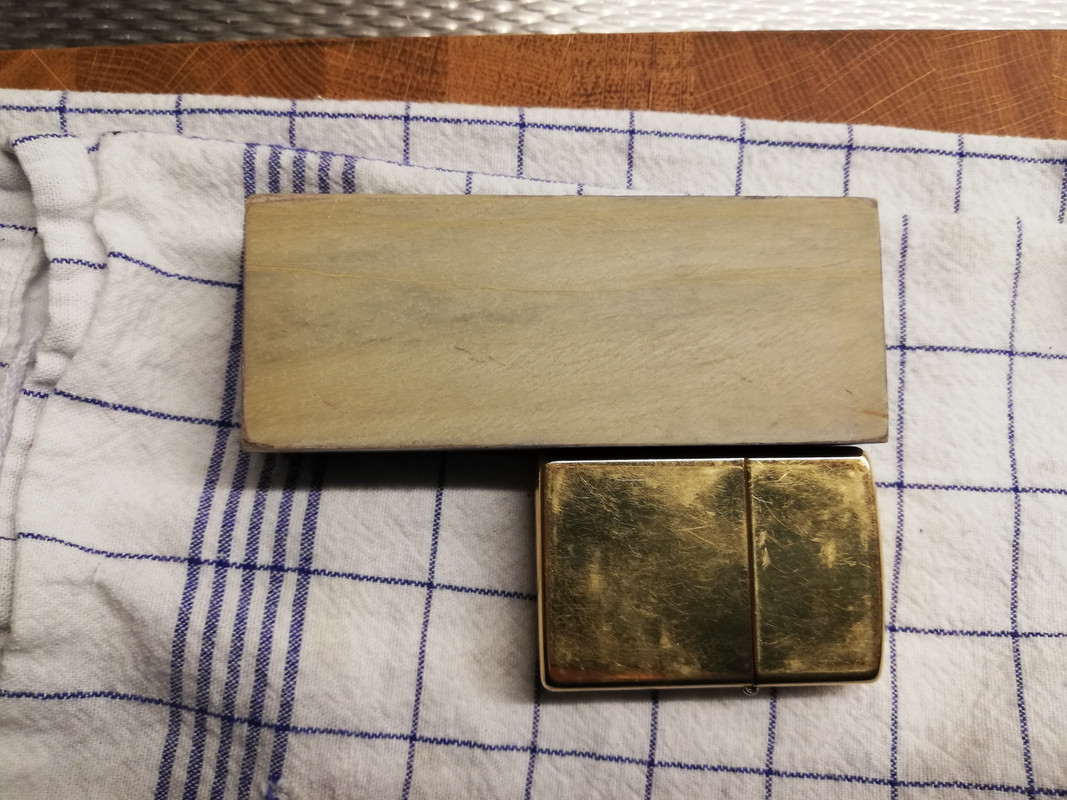- Joined
- Mar 18, 2013
- Messages
- 435
- Reaction score
- 57
I need to purchase a stone, probably today or tomorrow. Is there a good reason Shapton Glassstone 500 would not likely be a great candidate for convenience + speed + cost for a variety of blades and steels?
I am looking for sheer convenience and resistance to cracking in a S&G, that will be used at home, on the harder Gesshin monosteels, Mac Pro's, various hard and soft carbon, PM steel folders, down to everyday stainless like Wusthofs. Most likely to be used resetting bevels, maybe thinning 1/2 inch behind the edge.
The JKI 400x looks really good but requires a 15 minute soak as I understand it. Presumably being sintered it can withstand the wet-dry cycle without undue risk.
If cost wasn't a factor, I'd go with JKI sintered diamond stones, or regular diamond plates. I just don't trust the wear of diamond plates, especially if they are used with a lot of pressure. Been stung once and so kinda shy.
I am looking for sheer convenience and resistance to cracking in a S&G, that will be used at home, on the harder Gesshin monosteels, Mac Pro's, various hard and soft carbon, PM steel folders, down to everyday stainless like Wusthofs. Most likely to be used resetting bevels, maybe thinning 1/2 inch behind the edge.
The JKI 400x looks really good but requires a 15 minute soak as I understand it. Presumably being sintered it can withstand the wet-dry cycle without undue risk.
If cost wasn't a factor, I'd go with JKI sintered diamond stones, or regular diamond plates. I just don't trust the wear of diamond plates, especially if they are used with a lot of pressure. Been stung once and so kinda shy.





